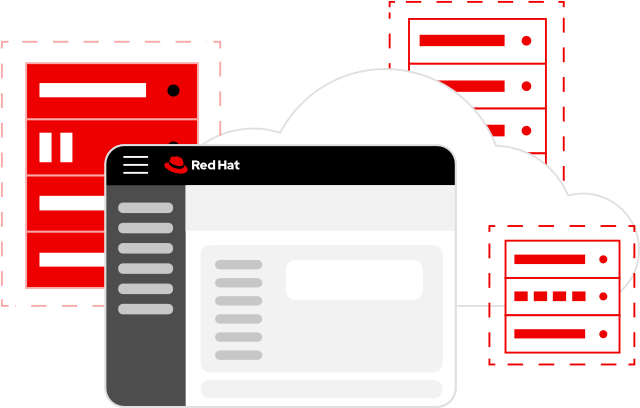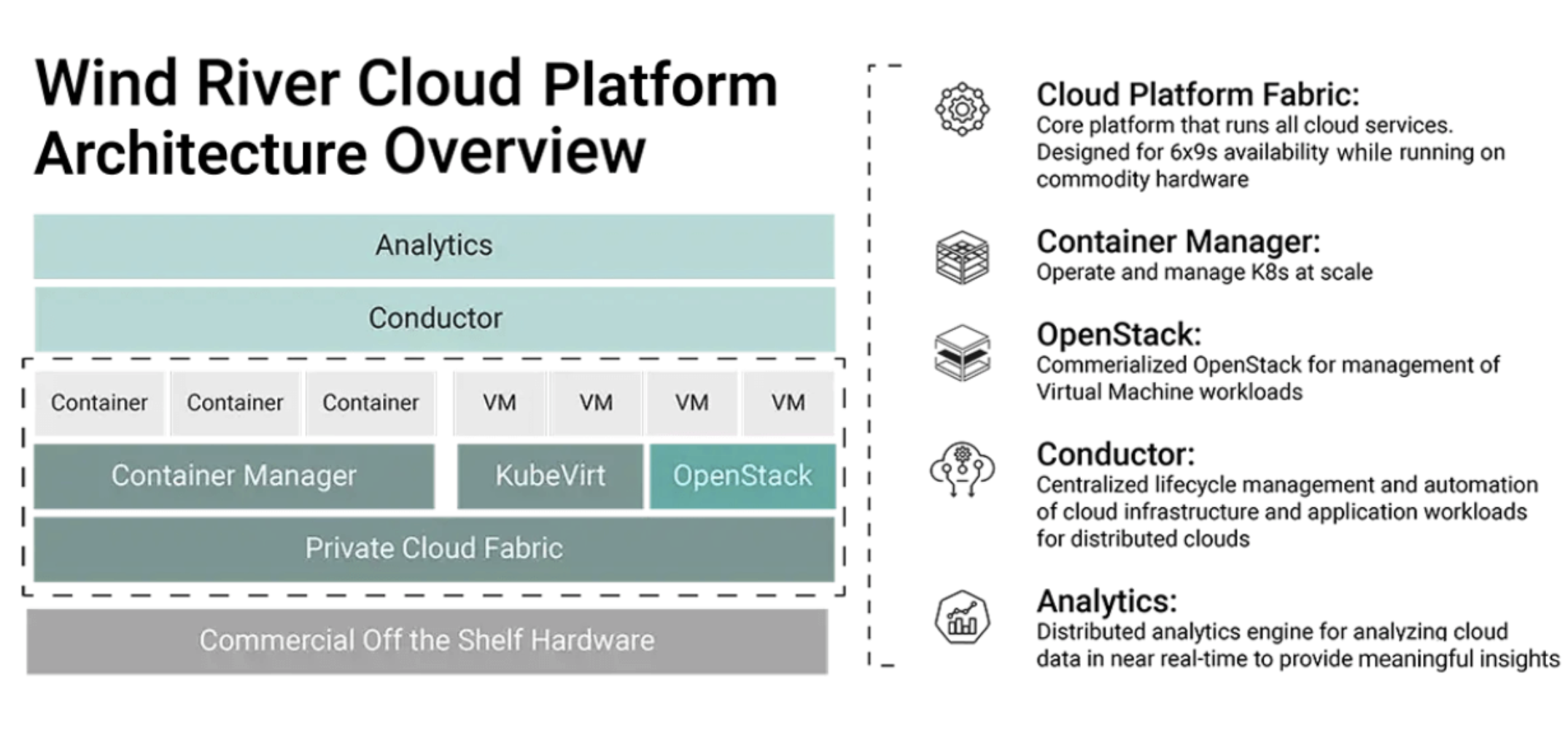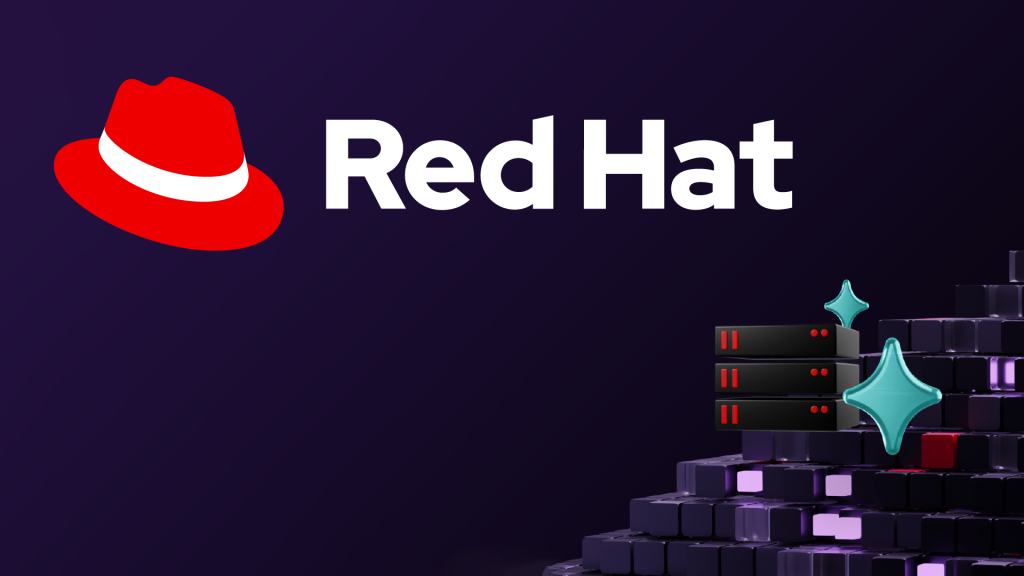Red Hat announced the general availability of Red Hat OpenShift Virtualization Engine, a tailored version of its OpenShift orchestration platform for virtualization workloads.
The new offering utilizes the open-source KVM hypervisor and can run on-premises hardware with Red Hat Enterprise Linux and bare-metal cloud services.
OpenShift Virtualization Engine
OpenShift Virtualization Engine is a specialized version of Red Hat’s OpenShift platform designed exclusively for virtualization workloads. Focusing on VM management within hybrid- and multi-cloud environments gives enterprises an optimized framework, providing a robust virtualization solution that integrates seamlessly with modern cloud-native technologies.
Red Hat OpenShift Virtualization delivers the following key features:
- OpenShift Virtualization:
- OpenShift Virtualization is an included feature of all OpenShift editions and offers a modern infrastructure platform for VMs using the open-source projects KVM and KubeVirt.
- It allows organizations to use a single platform for all apps, whether virtualized or containerized, minimizing overhead with a single management interface and one set of tools for all workloads.
- Bare Metal OpenShift Deployment and Management:
- OpenShift Virtualization requires bare metal cluster nodes, delivering robust management capabilities to simplify the deployment and management of physical servers in the cluster.
- Supports automated cluster deployment using the OpenShift installer options such as IPI, assisted installer, and agent-based installer.
- Streamlined Updates and Management:
- OpenShift’s over-the-air update capabilities enable non-disruptive cluster updates with minimal administrator effort.
- Includes a dedicated virtualization administrator view within the web-based management UI, enhancing productivity for virtualization-focused teams.
- Features advanced node management tools like the Machine Configuration Operator and NMstate Operator, which streamline cluster scaling and configuration tasks.
- Enterprise Storage and Networking Capabilities:
- Built on Red Hat Enterprise Linux CoreOS and KVM hypervisor, OpenShift uses trusted Linux networking technologies, such as Linux bridges and OVS virtual switches, to support VLANs and other constructs.
- Leverages the Kubernetes Container Storage Interface (CSI) for storage, supporting major enterprise vendors like Dell/EMC, HPE, IBM, NetApp, and more.
- Offers advanced features like platform-level microsegmentation through OpenShift’s network policy engine.
- Enhanced Virtualization Experience:
- Includes user workload monitoring by namespaces, enabling rapid node failure remediation and VM rescheduling.
- Provides enhanced virtual machine platform logging and visualization, which integrates with tools like Advanced Cluster Management for Virtualization and Grafana.
- Supports automated provisioning of VMs as code with OpenShift GitOps, extending containerization automation capabilities to virtualization.
The new solution offers several benefits, particularly for organizations transitioning to hybrid cloud environments or integrating virtualization and containerized workloads.
Analysis
Red Hat’s new OpenShift Virtualization Engine is a direct response to changes in the virtualization market following Broadcom’s acquisition of VMware, whose customers remain concerned about the impact of the acquisition on their business. The announcement also highlights Red Hat’s continued investment in its OpenShift platform and its commitment to providing comprehensive hybrid cloud solutions.
The OpenShift Virtualization Engine addresses immediate virtualization needs while offering future-ready flexibility for modernization. Simplifying virtualization management and aligning with hybrid cloud priorities provides organizations with a cost-effective, scalable alternative to traditional platforms.
From a competitive perspective, this will directly impact vendors such as VMware and Nutanix. VMware will be most impacted, as Red Hat’s new offering is a compelling alternative for customers facing increased pressure from customers seeking alternative virtualization platforms. Nutanix, on the other hand, continues to deliver a more fully developed solution for managing workloads across hybrid- and multi-cloud environments.
Red Hat’s OpenShift Virtualization Engine aligns with industry trends favoring hybrid-cloud and Kubernetes-native solutions, making it a viable alternative to traditional virtualization platforms like VMware. Its focus on migration ease, security, and performance makes it attractive for organizations re-evaluating their virtualization strategies – especially true for existing Red Hat enterprise customers, who will benefit from the seamless integration with Red Hat’s ecosystem.
Competitive Analysis & Advice to IT Buyers
These sections are only available to NAND Research clients. Please reach out to [email protected] to learn more.





